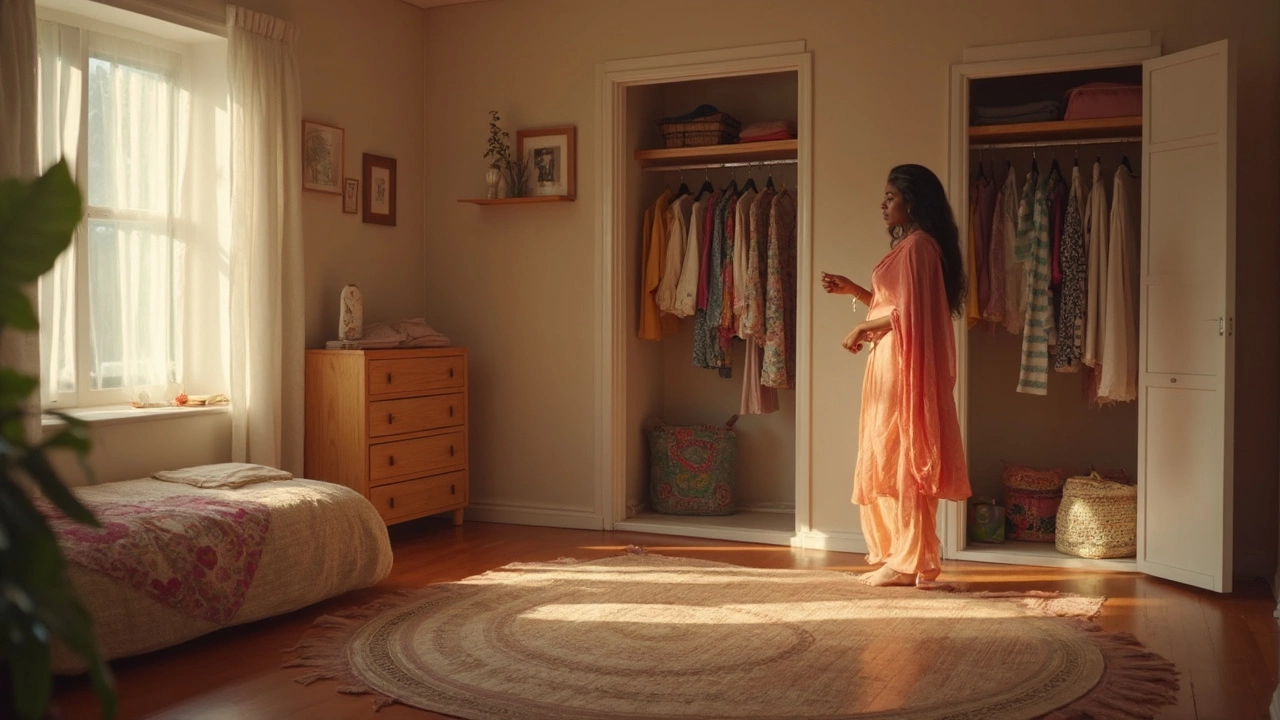Outfit Planning for Your Living Room
Ever stare at a couch and feel like something's missing? That feeling is the same as picking an outfit that just doesn’t fit. Treat your living room like a wardrobe. When you plan the "outfit" of your space, everything from the sofa color to the rug pattern works together.
The first step is to pick a base piece – usually the sofa. Look at its color, texture, and shape. A neutral sofa (gray, beige, or navy) is a safe base because it lets you experiment with bolder accents. If your couch already has a strong color, let that be the statement and build around it.
Choose Complementary Colors
Use a simple color rule: pick two to three colors that live together. One is the sofa, the second is for large accents like a rug or curtains, and the third for smaller items such as throw pillows. For example, a charcoal sofa pairs well with a mustard rug and teal pillows. The trick is to keep the palette balanced – too many bright shades can feel chaotic.
When you’re unsure, grab a color swatch from the paint aisle and hold it next to the sofa. If the colors feel good side by side, you’re on the right track. Online tools also let you upload a photo and test combos in seconds.
Mix Textures for Depth
Outfit planning isn’t just about color; texture adds interest. A smooth leather sofa looks fresh next to a chunky knit throw or a woven jute rug. If your couch is fabric, consider a metal coffee table or a glass top to add contrast. Mixing textures prevents the room from feeling flat.
Don’t overdo it. Pick one or two textures that stand out and keep the rest simple. A plush pillow can be the highlight, while the rest of the room stays understated.
Next, think about scale. Large sofas need larger coffee tables and rugs, while a petite loveseat works better with a smaller rug. Measure the space: a rug should be at least two feet larger than the sofa footprint, so the sofa legs stay on the rug for a cohesive look.
Lighting also plays a role in your room’s outfit. A floor lamp in a bold color can act like a statement necklace for an outfit. Choose a lamp shade that matches one of your accent colors to tie everything together.
Finally, add personal touches. A favorite piece of art, a stack of books, or a plant can act like accessories that complete the look. Rotate these items seasonally, just like you would change shoes or scarves.
When you step back, the room should feel intentional, not forced. If something feels off, swap a pillow or change the rug’s position. Small tweaks make a big difference.
Outfit planning for your living room is simple: start with the sofa, pick a limited color palette, mix textures, mind the scale, and finish with accessories. Follow these steps and your space will look put‑together every day.
How Many Outfits Should a Woman Have in Her Wardrobe?
How many outfits does it really take to feel prepared for everyday life? This article looks at what makes a practical wardrobe, including outfit counts for work, weekends, and special events. Get tips on smart shopping, mixing and matching, and cutting down on closet clutter. We’ll break down realistic numbers and show how to avoid stressing over having 'enough' to wear. This guide is for anyone who wants a simpler, easier-to-manage closet.





